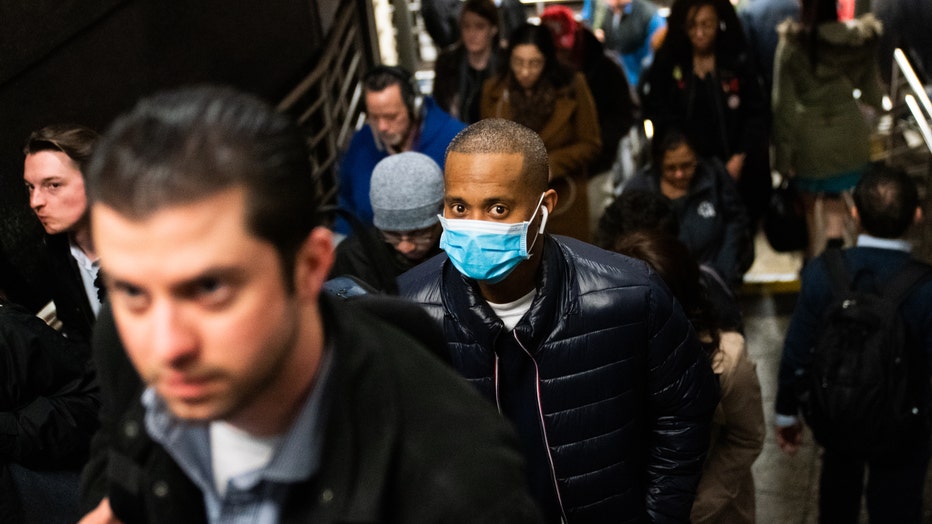Coronavirus droplets could travel 27 feet, warns MIT researcher
WASHINGTON (FOX NEWS) - An MIT researcher has warned that coronavirus droplets could travel up to 27 feet, which could have major implications for social distancing.
Download the FOX 5 DC News App for Local Breaking News and Weather
Lydia Bourouiba, Ph.D., an associate professor at MIT and expert in fluid dynamics, explained that a sneeze, for example, results in a turbulent gas cloud that could contain coronavirus droplets. The research was published in the Journal of the American Medical Association.
WATCH LIVE ON YOUR MOBILE DEVICE
“Recent work has demonstrated that exhalations, sneezes, and coughs not only consist of mucosalivary droplets following short-range semiballistic emission trajectories but, importantly, are primarily made of a multiphase turbulent gas (a puff) cloud that entrains ambient air and traps and carries within it clusters of droplets with a continuum of droplet sizes,” she wrote.
During the ongoing coronavirus pandemic, people have been advised by the Centers for Disease Control and Prevention to maintain social distancing of at least six feet to limit the risk of exposure. However, Bourouiba’s research indicates that the droplets could travel further much further than that.
Fox News has reached out to the CDC with a request for comment on this story.
“Owing to the forward momentum of the cloud, pathogen-bearing droplets are propelled much farther than if they were emitted in isolation without a turbulent puff cloud trapping and carrying them forward,” she wrote. “Given various combinations of an individual patient’s physiology and environmental conditions, such as humidity and temperature, the gas cloud and its payload of pathogen-bearing droplets of all sizes can travel 23 to 27 feet (7-8 m).”
Bourouiba explains that the range of the droplets, both large and small, is extended through their interaction with and trapping within the turbulent gas cloud.

NEW YORK, NY - MARCH 09: A man wearing a protective mask is seen on a subway platform on March 9, 2020 in New York City. There are now 20 confirmed coronavirus cases in the city including a 7-year-old girl in the Bronx. (Photo by Jeenah Moon/Getty Im
“Droplets that settle along the trajectory can contaminate surfaces, while the rest remain trapped and clustered in the moving cloud,” she wrote. “Eventually the cloud and its droplet payload lose momentum and coherence, and the remaining droplets within the cloud evaporate, producing residues or droplet nuclei that may stay suspended in the air for hours, following airflow patterns imposed by ventilation or climate-control systems.”
In a separate project, experts have used a supercomputer to quickly model the risks posed by viruses on a plane.
Researchers harnessed the Frontera supercomputer at the Texas Advanced Computing Center at the University of Texas at Austin.
The research study, which was led by Ashok Srinivasan, a professor in the Department of Computer Science at the University of West Florida, has been published in the journal PLOS ONE.

